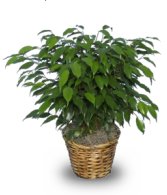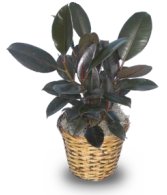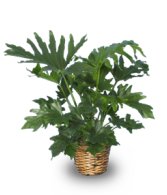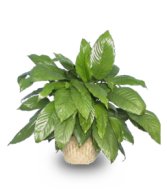Ask the Expert: can I put my philodendron (arrowhead)? outside for
I have a pretty houseplant vine, i think its called an arrowhead philodendron?, can I put it in a hanging basket outside for the spring/summer months?
Lisa,
You can use this plant outside during the warm months. The Heart leaf Philodendron (Philodendron scandens oxycardium) needs very warm conditions in fact it can not tolerate temperatures under 40 degrees. So if you are going to place it outside make sure that your time temperatures are not going to dip below 40 degrees for an amount of time.
For those of you who don’t know what a Heart leaf Philodendron looks like here is a picture:
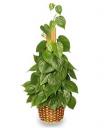


 Find Your
Find Your 